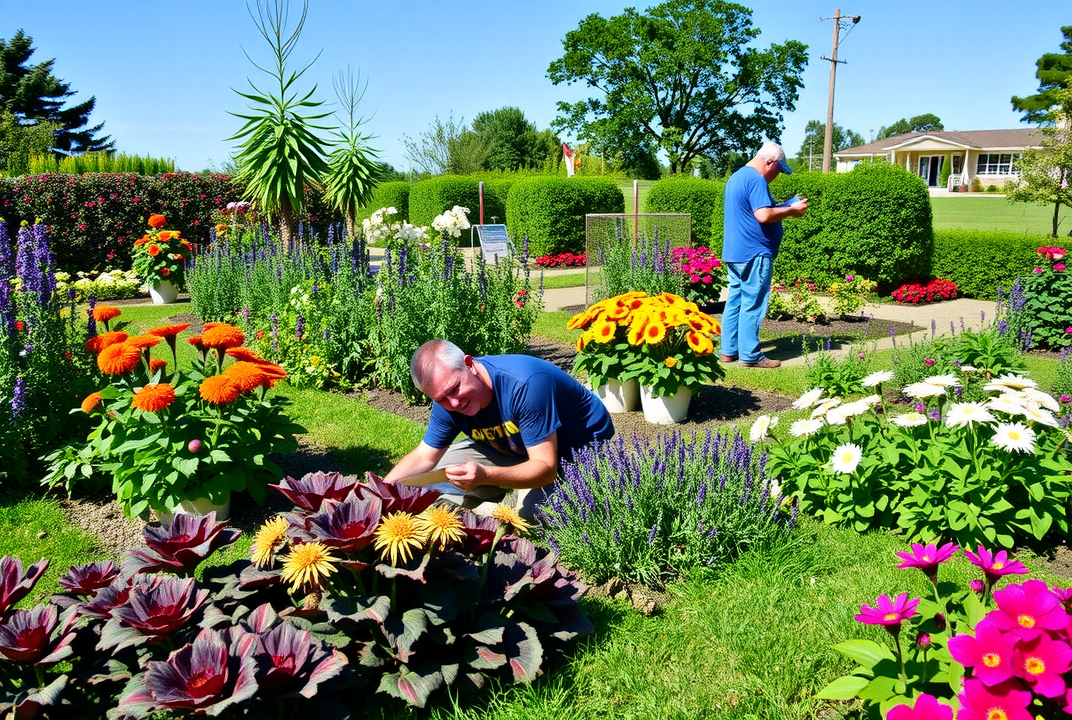How to Keep Your Seasonal Planting Guide Relevant for Every Year

Introduction
Did you know that adapting your planting schedule to suit seasonal changes can be the difference between a bountiful harvest and an underwhelming yield?
Updating your seasonal planting guide annually ensures that you can account for changes in weather patterns, soil conditions, and crop varieties. This article will walk you through the essential steps to keep your guide fresh and effective.
Assess Last Year's Results
Start by evaluating the previous growing season. What crops flourished, and which ones did not meet expectations? Understanding these outcomes can guide your adjustments for the coming year.
-
Analyze Weather Patterns: Review any unusual weather events that impacted your yields. This helps anticipate future challenges.
-
Soil Analysis: Conduct a soil test to determine what amendments are needed to improve fertility and structure.
Understand New Plant Varieties
Each year, new plant varieties enter the market, engineered for better resistance to pests and more robust growth.
-
Research Availability: Identify new seeds that may offering better yields or adaptability to your climate.
-
Cultivation Trials: Test new varieties in small batches to observe their growth characteristics and adaptability within your environment.
Revise Your Planting Calendar
Updating your calendar based on regional climate changes ensures an optimal growing timeline.
-
Synchronize with Climate Data: Align your planting schedule with the most current local climate predictions. This includes the timing of first and last frost dates.
-
Adjust Crop Rotation Plans: Rotating crops helps maintain soil health and manage pests.
Incorporate Sustainable Practices
Sustainability is key for long-term agricultural success.
-
Seek Organic Solutions: Integrate organic fertilizers and pest control into your plans. These methods support environmental health and often enhance soil conditions.
-
Water Conservation Techniques: Employ drip irrigation and mulching to optimize water use. This not only saves resources but also promotes better plant health.
Tools and Resources
Modern tools can assist in precise planting and crop monitoring.
-
Garden Planning Software: Utilize digital tools for scheduling and keeping track of planting dates and crop performance.
-
Mobile Applications: Leverage smartphone apps that provide real-time data on weather and soil conditions.
Community and Expert Involvement
Consulting with other gardeners or agricultural experts can bring fresh insights and confirm your plans.
-
Join Local Workshops: Participate in workshops or community gardening clubs where you can learn and share ideas.
-
Engage with Online Forums: Connect with online gardening communities for broader input and advice.
Conclusion
Refreshing your seasonal planting guide annually prevents stagnation and addresses dynamic environmental conditions. It's crucial for achieving optimum yields year after year. Begin by assessing past performance, stay open to new varieties, and adjust your practices as needed.
Next, take action by integrating these alterations into your guide and share your updated process with fellow enthusiasts. Your garden's future success depends on staying informed and adaptable.